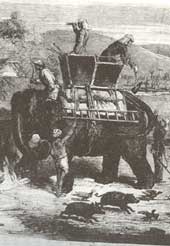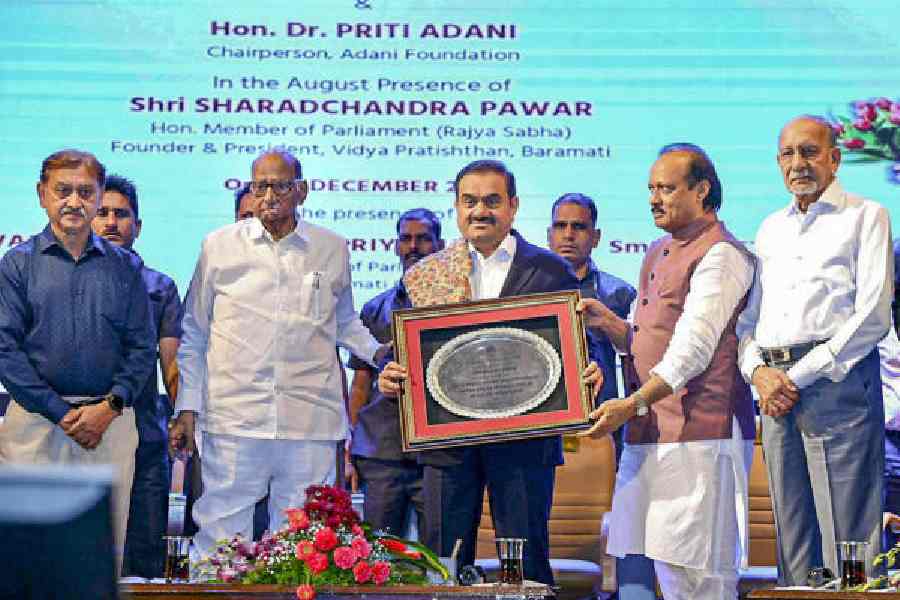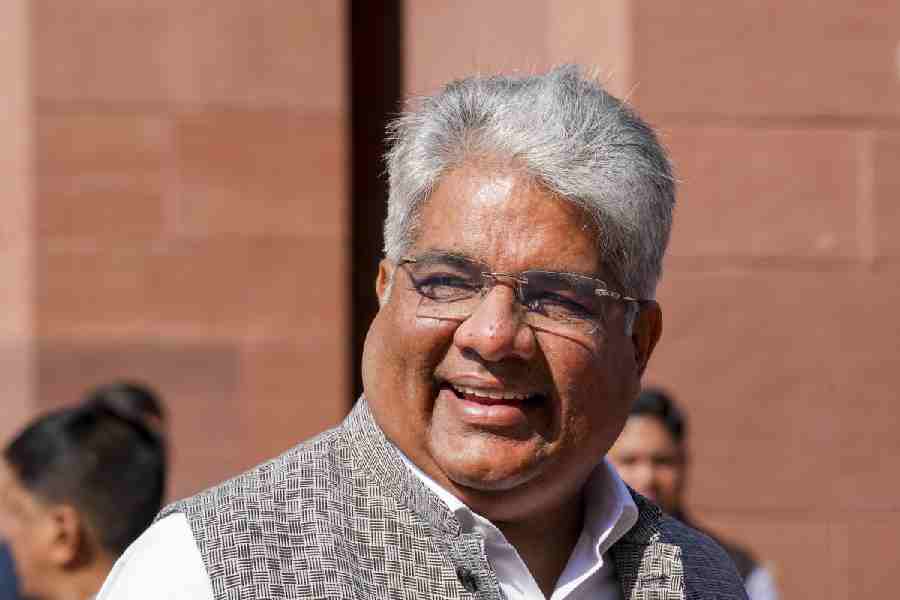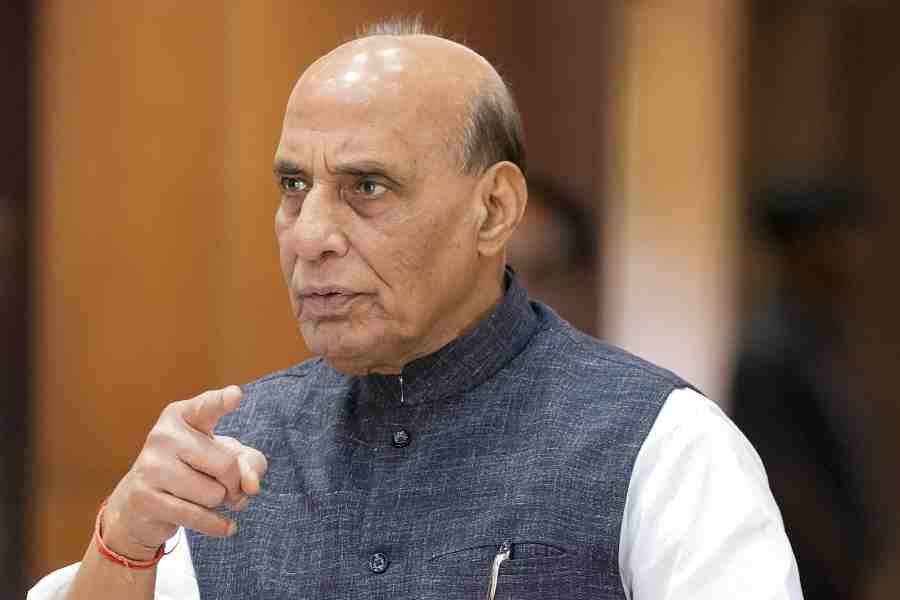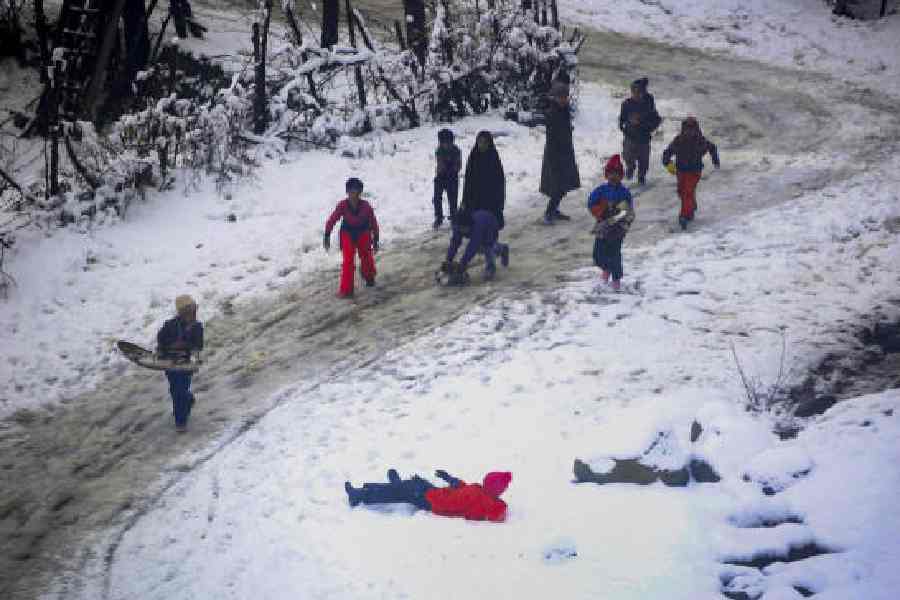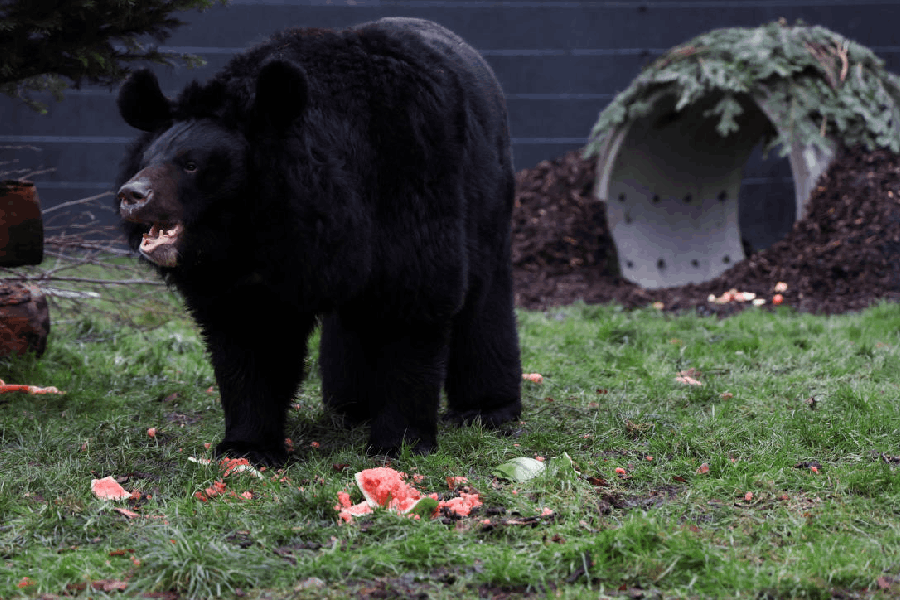|
|
The antiquarian, Rajendralal Mitra, used the visual to add to the viewer/reader’s knowledge, excite imaginations — or literally, to illustrate his point. So, in large part, did the Illustrated London News. However, in the disturbed 1850s, when rebellion had to be met by oppression, images based on woodcuts also became partisan in the hegemonic discourse of Empire. By this time, the visual had become essential to governance — whether as the fingerprints and mugshots of criminals, or maps, charts and photographs — and artists, surveyors, cartographers, dactylographers, engravers and photographers a part of imperial government. Although they were not insignificant players within the corridors of power, little is known about these specialists or of their work.
As early as 1779, James Rennell, a mere 21-year-old army officer with a flair for surveying, was appointed surveyor general of India and undertook a comprehensive survey of the East India Company’s lands. Surveying, cartography and dactylography (the science of fingerprints) were vital aids to British rule committed to consolidation of authority, not only through governance but also through an understanding of boundaries and exclusion and the concomitant emphasis on surveillance and control. For his survey of Mysore between 1800 and 1810, after the defeat of Tipu Sultan, Colin Mackenzie, a later surveyor general and antiquarian, and his assistants collected antiquities, coins and images and drew over 1,500 sketches while on tour. This was apart from a systematic collection of a wide variety of written texts. Many of the ethnographic drawings of ‘native types’ as well as of costumes were apparently drawn by Mackenzie’s local draftsmen; with no knowledge of Indian vernaculars, he wrote that he owed much to the “happy genius” of his primary assistant, Kavelli Venkata Boria. Imperial botany that was initiated by William Roxburgh in Calcutta towards the end of the 18th century would have been quite lost without the work of many Indian artists who provided essential visual details to their employers.
Dactylography in India owed its early history to Sir William Herschel, the chief magistrate of the Hooghly district. In 1858, he first used fingerprints on native contracts, and “with no thought toward personal identification, Herschel had Rajyadhar Konai, a local businessman, impress his hand print on a contract”. Mythology around the fingerprint has it that Konai and others were quite happy to put their palms on a contract — in an as yet largely pre-literate culture, touching the document meant more than a signature with a quill pen. Although in 1880, the potential of fingerprints in forensic work was first put forth by Henry Faulds, in India, it was in 1897 that the governor general in council approved a committee report that fingerprints should be used for classification of criminal records.
Later that year, the Calcutta Anthropometric Bureau became the world’s first Fingerprint Bureau. Two police personnel, Azizul Haque and Hem Chandra Bose, already at the bureau, started working on the formula of Sir Edward Richard Henry, then inspector general of police, Lower Provinces, Bengal. It is a little known fact that Henry’s Method of Classification for maintaining criminal records that is still used in many English-speaking countries was, in large part, formulated by Azizul Haque and Hem Chandra Bose under the overall direction of Henry. The researchers, G. S. Sodhi and Jasjeet Kaur, have noted that Henry stole all the thunder in 1900 and it was not till two decades later and after many appeals from Haque and Bose that the Indians were acknowledged, and characteristically, awarded honoraria and titles. By this time, of course, the political climate had also changed substantially.
By the closing years of the 19th century, the role of the visual in governance and control was firmly in place. Fingerprinting helped establish criminality while surveys and maps established territory and ownership. The photograph did all this and more — its many- faceted role encompassed, at one end, mugshots, surveillance and images of oppression, and at the other, archaeological documentation, the picturesque and the beautiful. As an instrument of the age of science, it carried with it the burden of truth, of truthful representativeness. Its precursor, the lithographic print, also focussed on the pleasing, and in some part, on rebellion and its suppression, for example, the sketches of the hool or the ‘Santhal Insurrection’ of 1855-6 by Captain Walter Stanhope Sherwill. Its leaders were Sidhu and Kanhu Manjhi, their aim, along with their supporters’, being to overthrow the British and establish a subah raj of their own.
The work of this army officer-cum-revenue surveyor and economic geologist is analysed in somewhat turgid academic prose by Daniel J. Bycroft (Representing Rebellion — Visual Aspects of Counter- Insurgency in Colonial India) who, nevertheless, makes some interesting points; borrowing from Ranajit Guha’s view that the primary discourse of counter-insurgency as mediated by the state had to be accessible to a readership, Bycroft adds that such “codes of counter-insurgency were primarily visual”. Further, the lithographic visual that necessitated the participation of artist, engraver and press, was often mediated/embellished by the engraver. Some images were ‘beautified’, sanitized before presentation. Others stressed the gory.
Sherwill had a good professional relationship with John Timbs, the editor of the ILN, and the latter was able to facilitate the exchange of “visual and aesthetic codes between the colonial surveyor, the artisans of the Illustrated London News and bourgeois metropolitan readers”. By this time, the magazine (established in 1842) had an impressive readership and both artist and engraver, such as W.J. Linton, felt empowered as the creators of a public moral discourse that upheld the Empire. Prior to his sketches, Sherwill had built up a case for Santhal marginality, erasing any mention of headmen in his account and describing the men as labourers and the women as embodying “the cultural antiquity of India’s aboriginals”. In his reports, Sherwill is at pains to suppress the growing solidarity between the Santhals and other groups; his sketch pencil was never far from his quill and his drawings were soon to be positioned strategically in the ILN. Between September 1855 and November 1856, 25 articles, a few without illustrations, were published. The story was carefully built up: the audience was introduced to the Santhals, a race of “formidable hill men” living in central India. Initial visuals stressed their lives in pristine surroundings; soon these were to be juxtaposed with scenes of combat, a careful narrative device that never omitted from view the noble savage, corrupted by ambition.
In the accompanying narrative for the lithograph entitled ‘Searching for Rebel Santhals’, reproduced here from the issue of February 23, 1856, attention is drawn to the “very fine elephant” that belonged to a Charles Barnes, a civilian well-acquainted with the Santhal way of life. Pachydermian elevation allowed for a look and, if necessary, a hard nudge at fragile thatch huts that may be harbouring rebels. The two military observers in the howdah are equipped not with firearms but with a sextant and telescope — modern tools of observation and surveying. The only real action in this somewhat languid scene appears to be that of the mahout as he urges his charge towards a hut, and that of an agitated Santhal. He is chasing a flurry of livestock back while a line of soldiers look on. A few elephants graze in the distance below gentle hills. Here pastoral tranquillity is conflated with more than a hint of tension in a single image. It is also possible that the engraver, Linton, may have embellished Sherwill’s sketch in accordance with the editorial policy of the ILN.
On April 19, 1856, the ILN announced the end of the rebellion and the induction of 14,000 Santhals into the newly-introduced railway system; “peace and prosperity universally prevail”, it concluded. Yet, through the year, illustrated articles continued, re-presenting the horror of the recent past with those in the peace-returns-to-the-land mode — thanks of course, to the rulers who, by providing modern employment, were able to take the edge off the misplaced dream of a brave but romantic people. For reasons best known to them, the visual trope was used by the rulers in a very clearly meditated way: information of their trials in the colony needed to be melded with views of the beauty of the land and its people. Control over both was the aim of governance — and images came in handy particularly when they helped evoke a basic belief that, all things considered, it was worth it after all.

